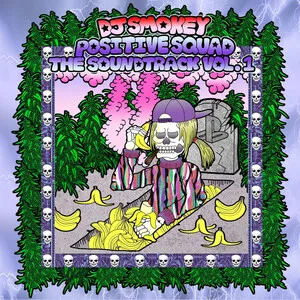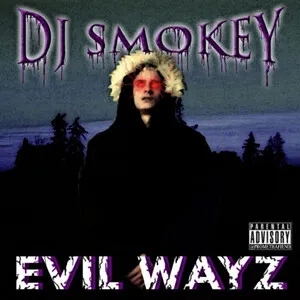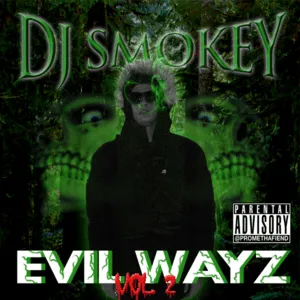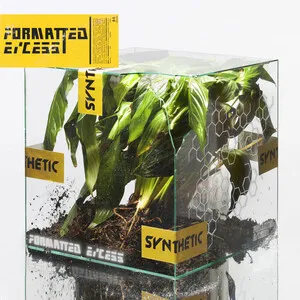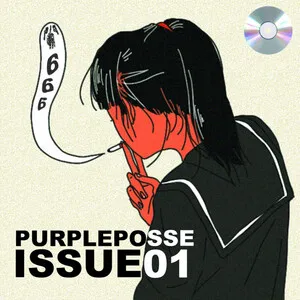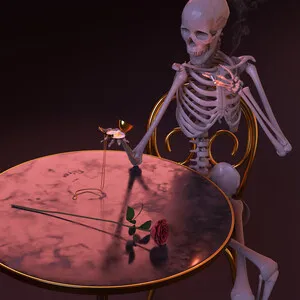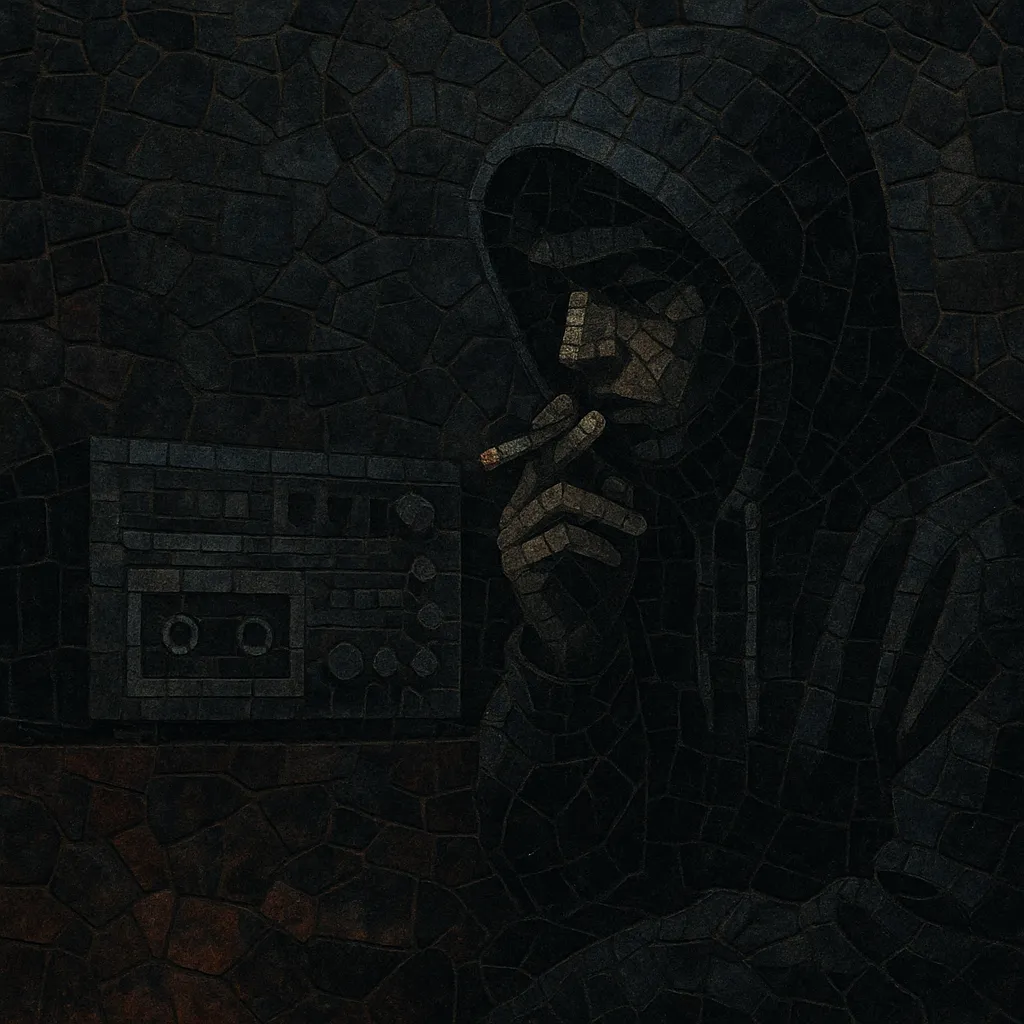
Rare phonk is a microstyle of phonk that emphasizes deep crate-digging and the use of obscure, low‑circulation 1990s Memphis underground rap tapes and Southern horrorcore vocals.
It is characterized by slowed, pitched‑down hooks, chopped-and-screwed vocal edits, dusty sample loops, and lo‑fi textures that foreground tape hiss, saturation, and room noise.
Unlike the more club‑ready drift phonk, rare phonk generally avoids prominent cowbells and bright EDM polish, instead favoring murky 808s, skeletal drums, minor‑key loops, and an ominous, nostalgic atmosphere.
Rare phonk traces its source material to the ultra‑DIY Memphis rap underground of the 1990s. Small‑run cassettes by crews around figures like Tommy Wright III, DJ Squeeky, and early Three 6 Mafia circulated regionally, establishing a dark, minimalist sound marked by menacing drum programming and horrorcore imagery.
In the early 2010s, online beatmakers revived and recombined these Memphis tropes under the broader phonk umbrella. A distinct "rare" lane formed around producers and curators who prioritized obscure tape rips and gritty texture over modern trap sheen, preserving the feel of hard‑to‑find source recordings.
Channels and mixes on YouTube and SoundCloud amplified the style, spotlighting slowed, chopped loops and deep cuts from Southern rap history. Curatorial mixes helped codify rare phonk’s palette: pitched‑down threats, lo‑fi crackle, and hypnotic, loop‑based structures aimed more at late‑night listening than dancefloors.
As phonk splintered, drift phonk and phonk house pushed toward high‑energy dance contexts with brighter percussion and car‑culture virality. Rare phonk maintained a parallel identity—darker, mood‑driven, and archivist—serving as the subculture’s preservationist wing and continuing to inspire new producers to mine little‑known Memphis material.

